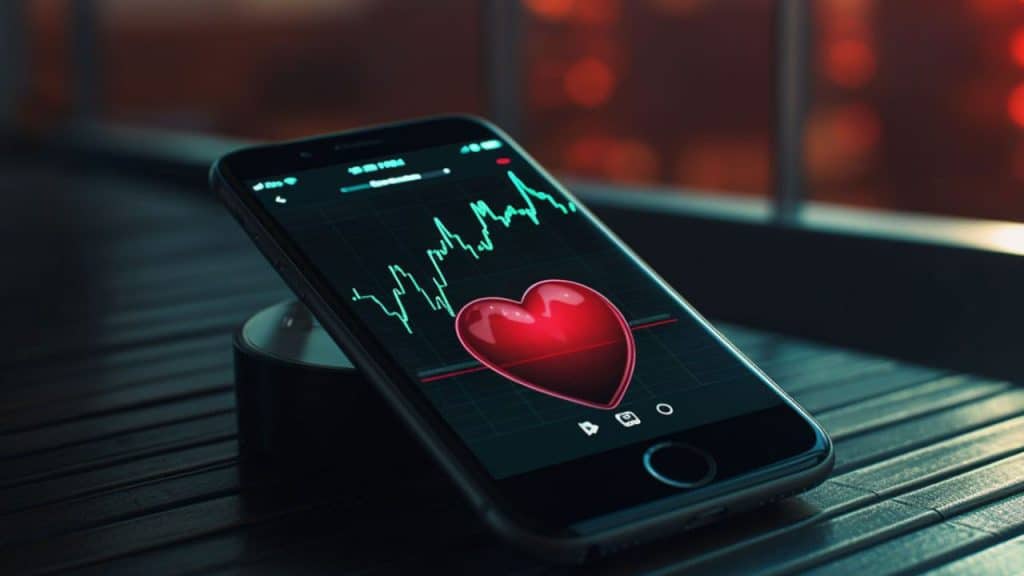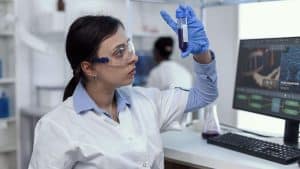Two things that are both rapidly increasing are the number of people over 65 in the world, and the number of new devices and technologies that could potentially make their lives easier. That’s if we can figure out the most effective ways to use them. Part of that is the development of connected technologies that can easily be integrated into daily life (https://longevity.technology/news/connected-technologies-are-changing-the-future-of-aging-at-home/).
What exactly do we mean by connected technology? Well, we’re talking about products that can interact directly with their surrounding environment and potentially influence other devices. An obvious example is a virtual assistant like Alexa or Siri that can listen to your instructions and then activate or deactivate anything from your lights to the fridge. Smart devices (and increasingly, AI) are a big part of connected technology. They give you more control over your home, even with limited mobility.
It’s not just in the home, however. Connected technology is used in healthcare to monitor a range of different biomarkers at once. This includes wearable technology like a smartwatch or smart glasses. This kind of monitoring is vital when practicing preventative medicine as you can spot and remedy problems before they become serious.
Technology can be hugely beneficial to people as they age, but it has to be designed with the specific needs of the elderly in mind. This means no small screens that they can barely see, confusing touchscreen mechanisms, or tiny buttons that are useless to people with arthritis in their hands. Devices can’t be too small, but if they’re too large and heavy, they’re not practical for home use, especially with frailer individuals. Instructions need to be easy to follow, without too many stages, in case of cognitive decline.
The best way to adapt technology is to ensure it can be smoothly integrated into someone’s regular routine. For example, smartwatches are popular in part because you can wear them just like you would a normal watch. Connected technology has been added to everything from socks to bath mats as well as discreet patches and other sensors that can be attached to the body.
Users of these subtler connected technologies can maintain their dignity and control over their lives. Monitoring and collecting health data becomes a habit that requires no active thought. Many biotech companies are pursuing this approach as an effective way to improve wellbeing and longevity.




